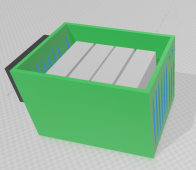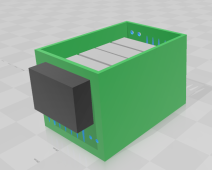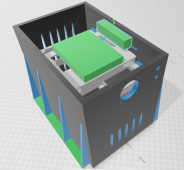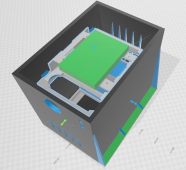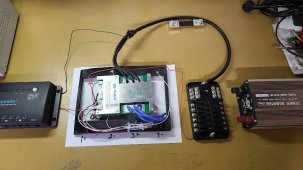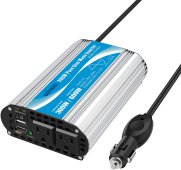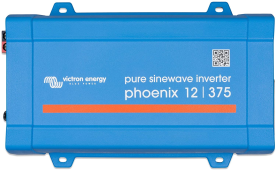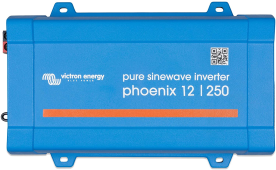WYtreasure
It's not happy hour, I'm just like this.
Disconnect switch:
One of my favorite subjects. I read the page linked. Nowhere do they refer to "under load" when it comes to switching. I think most folks believe it is acceptable to use the switch to stop current. I am not one of those believers. A much better, safer switch costs about $50
Here is something for your reading enjoyment.
One of my favorite subjects. I read the page linked. Nowhere do they refer to "under load" when it comes to switching. I think most folks believe it is acceptable to use the switch to stop current. I am not one of those believers. A much better, safer switch costs about $50
Here is something for your reading enjoyment.
Amazon.com: Customer reviews: Ampper Battery Switch, 12-48 V Battery Power Cut Master Switch Disconnect Isolator for Car, Vehicle, RV and Boat (On/Off)
Find helpful customer reviews and review ratings for Ampper Battery Switch, 12-48 V Battery Power Cut Master Switch Disconnect Isolator for Car, Vehicle, RV and Boat (On/Off) at Amazon.com. Read honest and unbiased product reviews from our users.
www.amazon.com



